Welcome to...
Instituto Paritario San Giuseppe


A little background...
This school is the last one we visited, and it was amazing !
To cut a long story short, we arrived in Italy at the beginning of June. In Italy, summers are very hot, which means schools close quite early depending on the region. Since we were staying at Bologna, we tried to visit schools that were close to Emilia-Romagna region, that were still oppened. We succeded in having 3 meetings with schools in Firenze because they were still opened in Tuscany. We then had a lovely discussion on instagram with Paola, a wonderful teacher at the Instituto Paritario San Giuseppe, in the small town of Vigevano. She explained that classes were over but that we could visit the school and have a discussion with her and some students anyways. We would have never come to Vigevano if it was not to visit a school and we were so happy we did.
Arriving to Vigevano was quite difficult. Indeed, trains in Italy are late sometimes and we experienced it to come to Vigevano. Our first train was running late so we missed our connection and had to wait for another hour in a small train station in the middle of nowhere. But that’s what adventure looks like !
We finally arrived to Vigevano and were really impressed by this beautiful city. With the italian sun, it felt like we were experiencing the real “Dolce Vita”. After a few minutes of walking, we finally met Paola and some students at a restaurant, situated at the Piazza Ducale, to eat… some pizzas of course ! They were so welcoming ! Even if it was the end of school in Lombardia few days before our visit, Paola arranged a lunch with her and some students that came during their holidays to have a chat with us. We then had the chance to visit the school, and to interview some students.
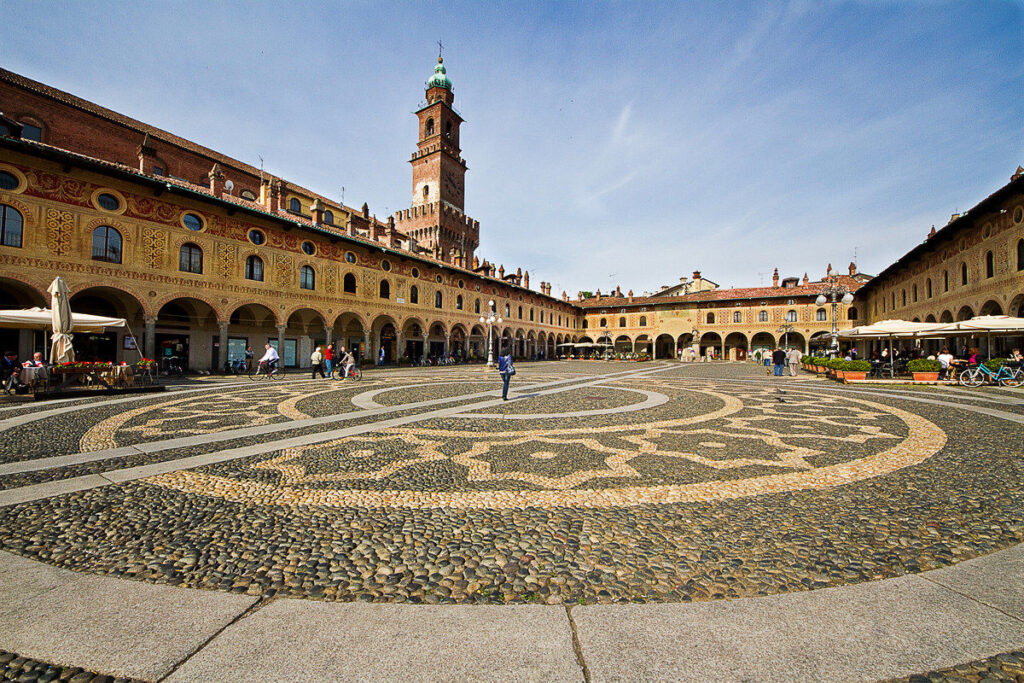
- Friday 10 June 2022
- Travel day 46
- 26th school visited

VERITAS
Ready to discover The Instituto Paritario San Giuseppe ?
Paola and the students were so welcoming ! After having lunch all together and talking about schools, education systems and the differences between Italy and France, Paola told us we should climb to the top of the Sforza Castle Towers, to enjoy the beautiful view on the town. “You can’t fully understand how the school works if you don’t see where it is situated, and where students live” she said.
Hundreds of steps later, the landscape was overwhelming ! We could see the Piazza Ducale of course, but also all the red roofs and even the Alps far away. After having lunch and discovering the city, we were ready to discover this school, full of history.
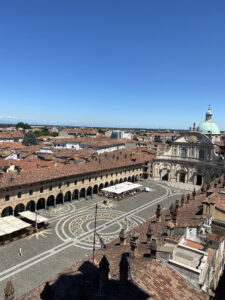
Genesis of the school
In Italy, High Schools are specialized. The Instituto Paritario San Giuseppe is a Human Sciences High School. Thus, the main subjects taught are pedagogy, anthropology, psychology, sociology and social research.
You could think at first that a dominican school that has been founded more than a hundred years ago would not drive a lot of pedagogical innovation, that is untrue ! The school combines a christian tradtionnal learning environnement, a good knowing of the city, without forgetting the need for the school to evolve in a society that is rapidly changing. It mixes tradition with modernity to foster a distinctive and effective learning environment.
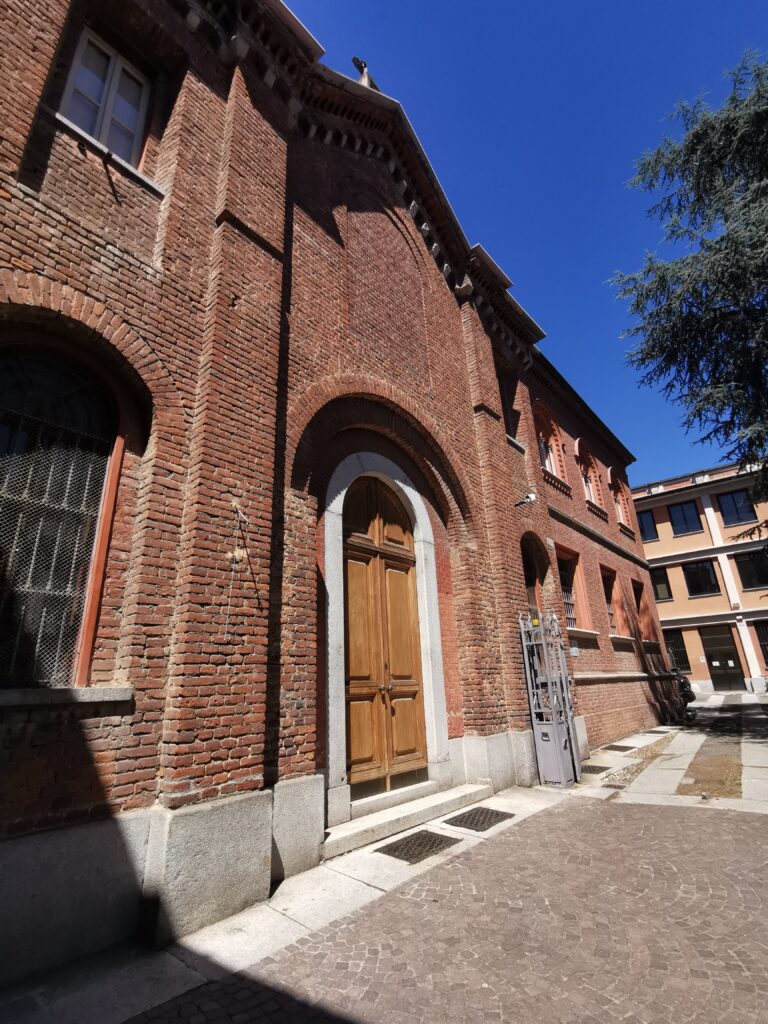
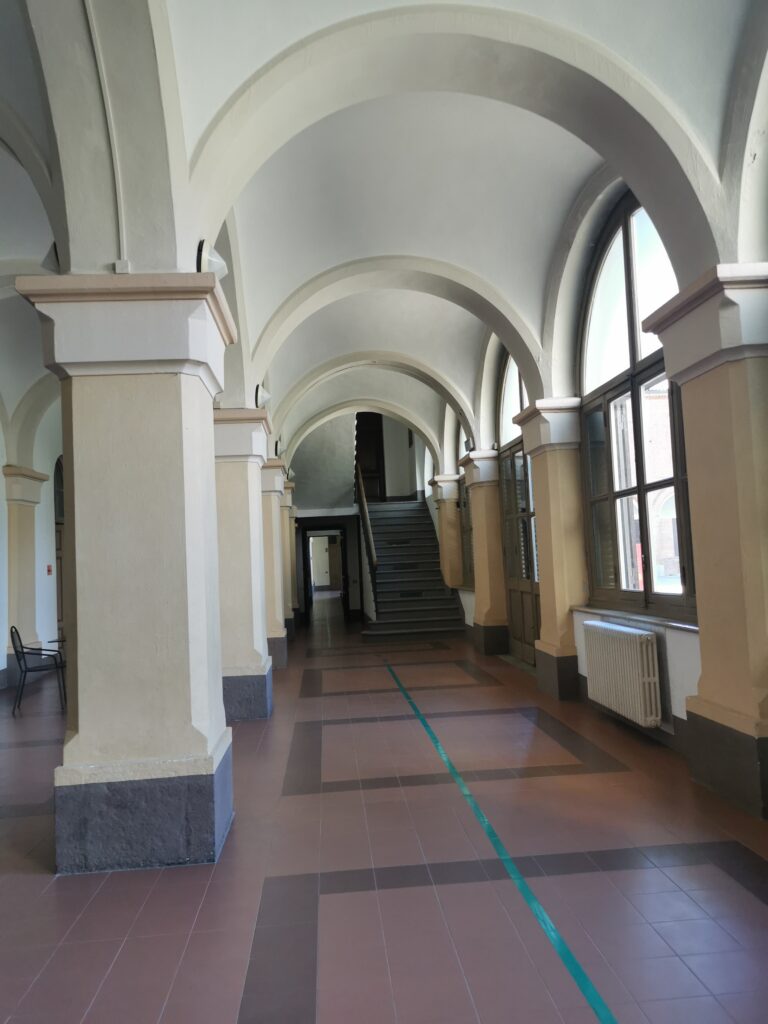
The Instituto Paritario San Giuseppe aims "at the formation of the true man, capable of knowing and developing the various dimensions of his being in order to build a strong personality, of unifying himself around an ideal that is the driving force of his life and of opening himself to others in solidarity and friendship."
San Giuseppe Vigevano : The educational project
The Educational Project | Istituto Paritario San Giuseppe (sangiuseppevigevano.eu)
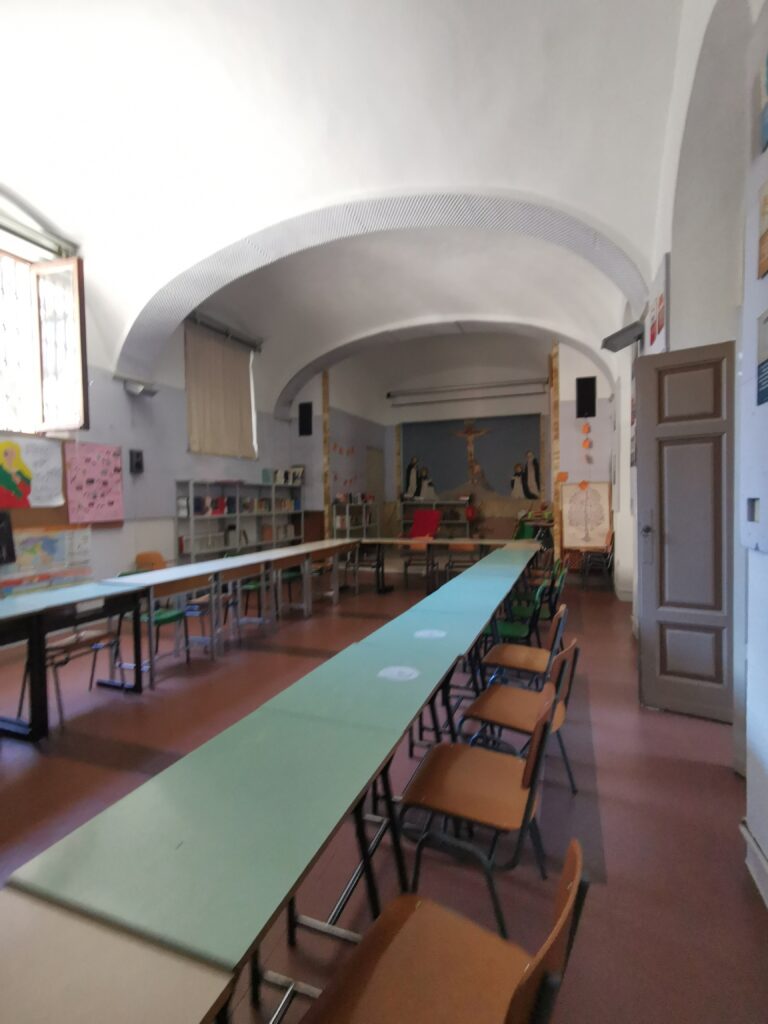
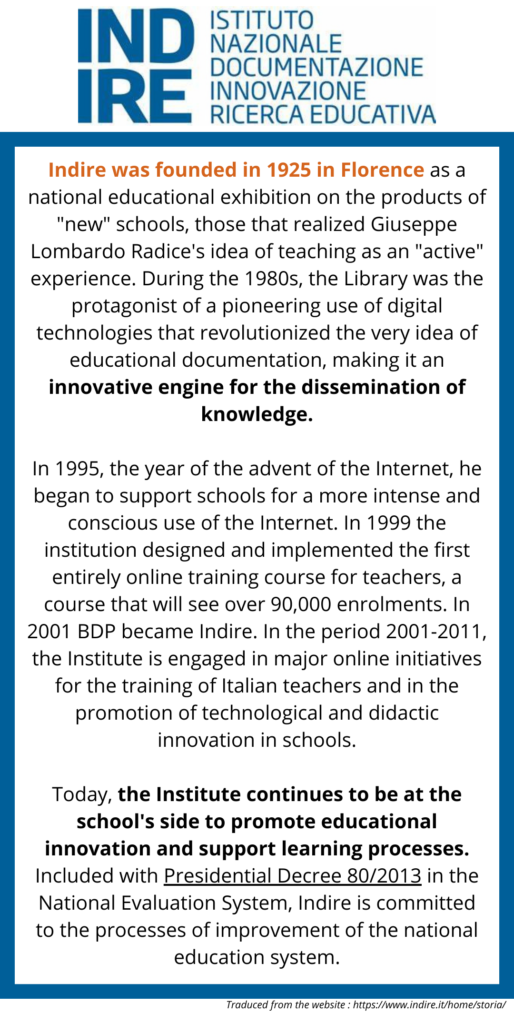
Being part of the INDIRE movement
- Transform the transmissive model of schools
- Leverage the opportunities offered by ICT
- Create new spaces for learning
- Reorganize the school operational time
- Reconnect the school knowledge to the society knowledge
- Invest in human capital by rethinking relathionships
- Promote innovation to be sustainable and transferable
To go back to our danish example, in Denmark. Workers in Denmark tend to finish work earlier in the day and have more holidays to take care of their children. On the other hand, in France, it would be impossible to follow the Danish school day because people tend to finish work later. Also, children could not start school at the age of six since the maternity and paternity leaves do not extend to that age. INDIRE is well aware of these differences, and even if the Movement works within one education system : the italian one, they akowledge the unique characteristics of each italian region and school.
Adopting the DDA methodology
WHAT IS THE DDA METHODOLOGY ?
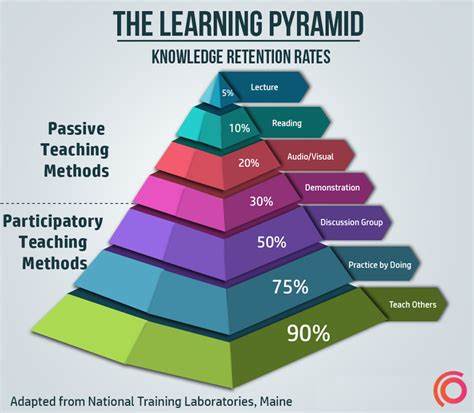
Learning pyramid The Learning Pyramid – David Didau (learningspy.co.uk)
CLASSROOMS
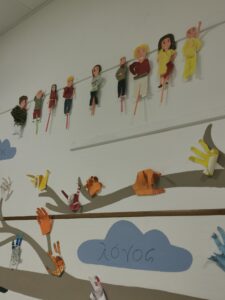
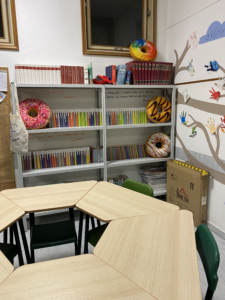
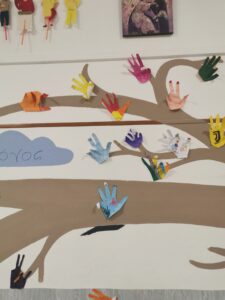
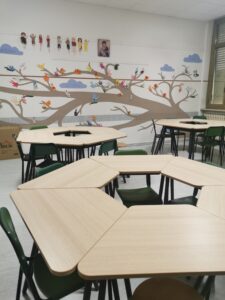
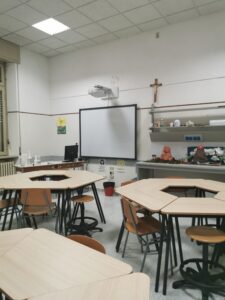
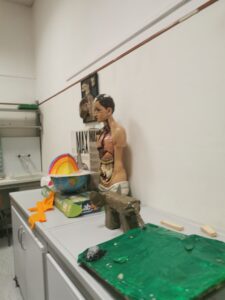
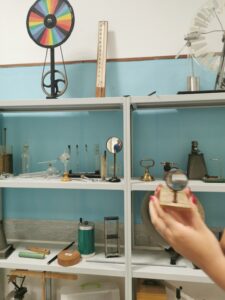
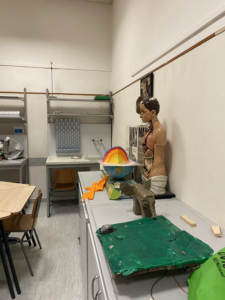
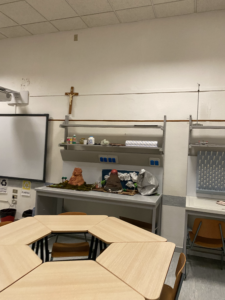
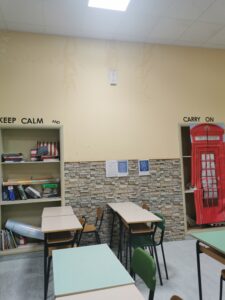
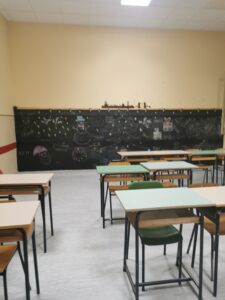
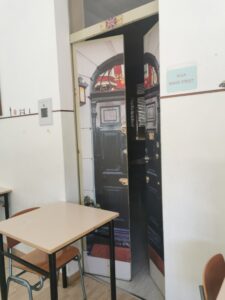
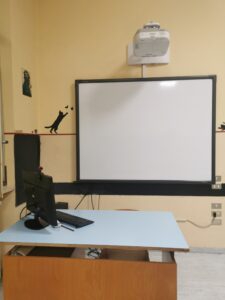
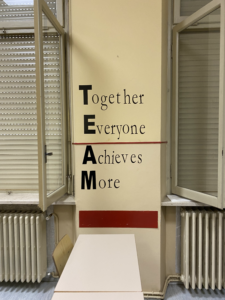
ADVANTAGES OF THE DDA METHODOLOGY
Because there is a classroom per subject, sometimes 2 or 3 teachers of the same discipline share the same classroom. Sharing a classroom with collegues increases the quality of work and the enhancement of professionnal skills, as well as cooperation between teachers. Indeed, because you share a same space, you are aware of what themes your colleague is currently discussing in class, of their teaching methods. Thus, you instinctively draw bridges between the courses and classes. As Paola explained, teachers are more accustomed to work together, to share knowledge about a student or good practices. They actively learn to work constructively, collaboratively and inclusively together.
Furthermore, according to neuroscience, movement represents an energizing factor for students, stimulating their concentration and bringing more meaning to their learning. Some scientists argue that the best way to activate the mind (its cognitions and emotions) is to keep the body in motion, even lightly. Thus, by asking students to walk from one learning space to another, the Instituto Paritario San Giuseppe enhances their concentration capacity and energy during the day.
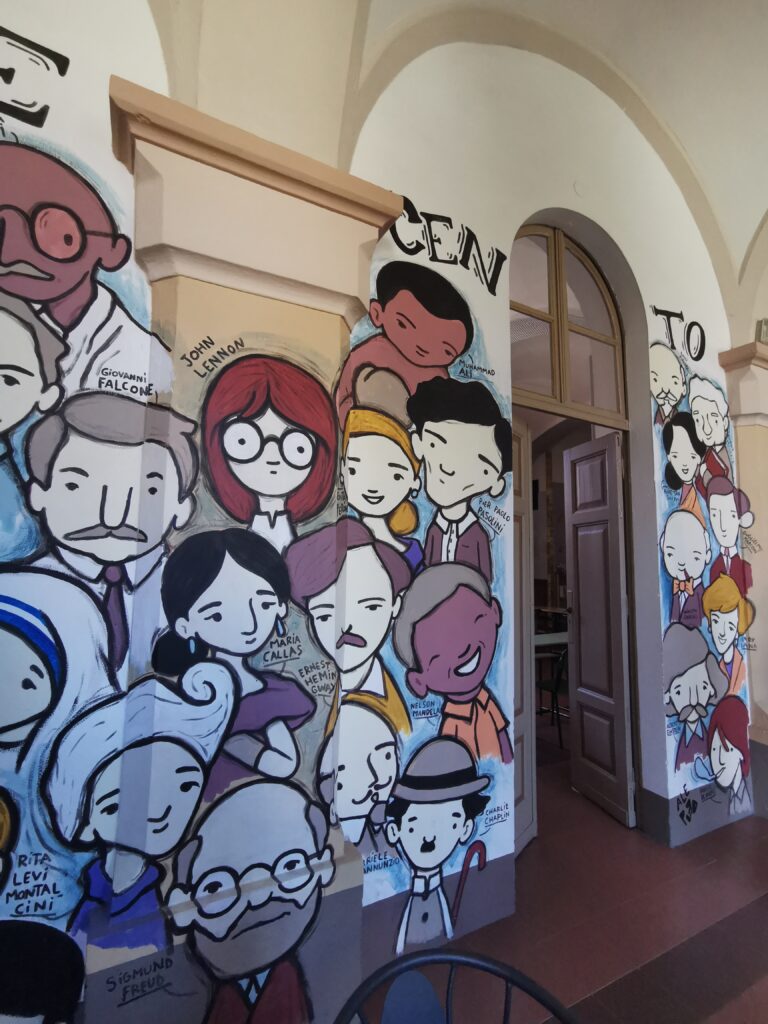
The fresco at the entrance of the entrance of the history classroom
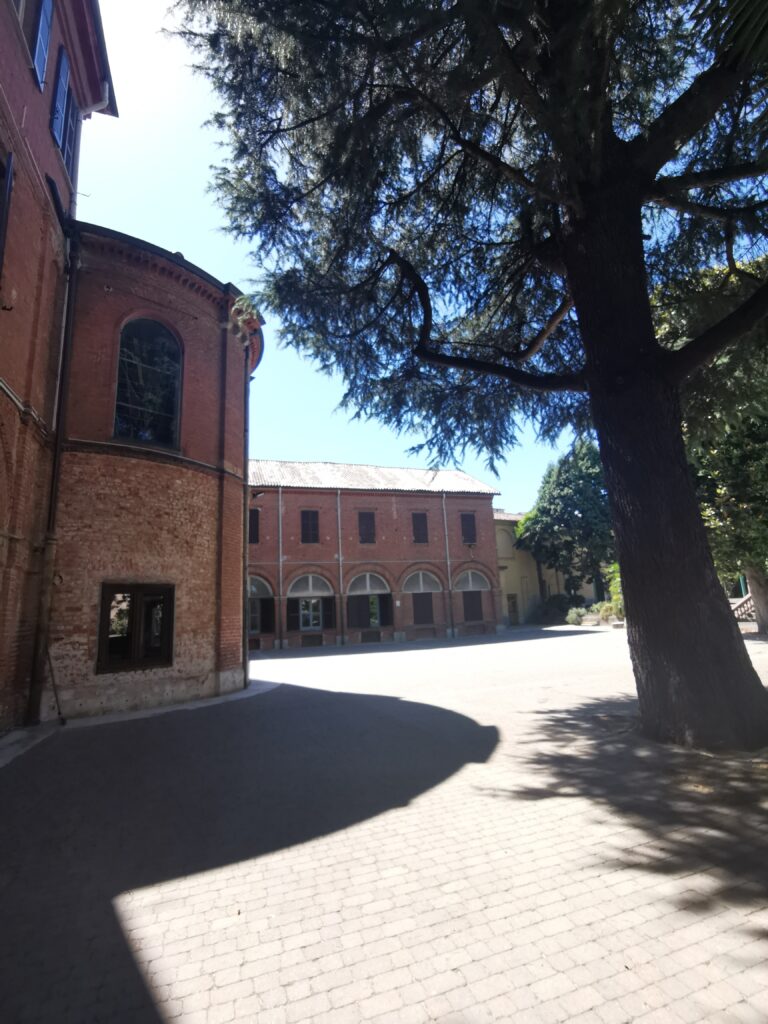
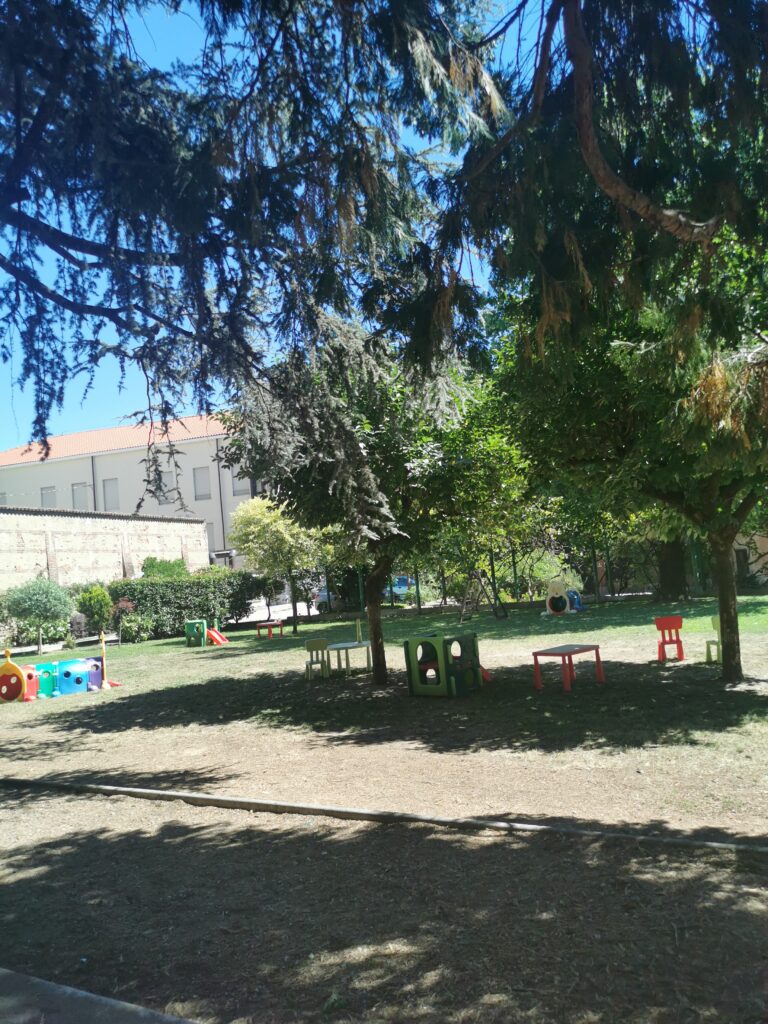
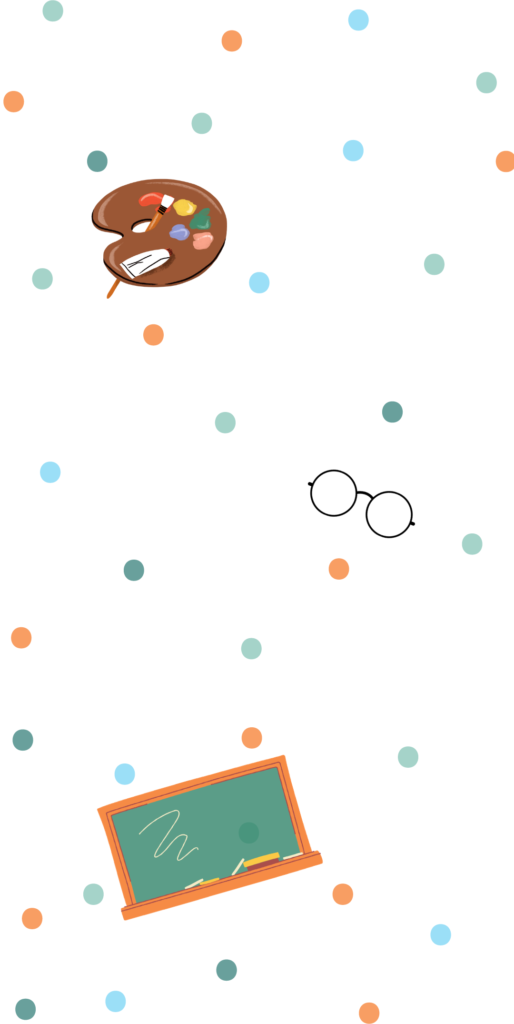

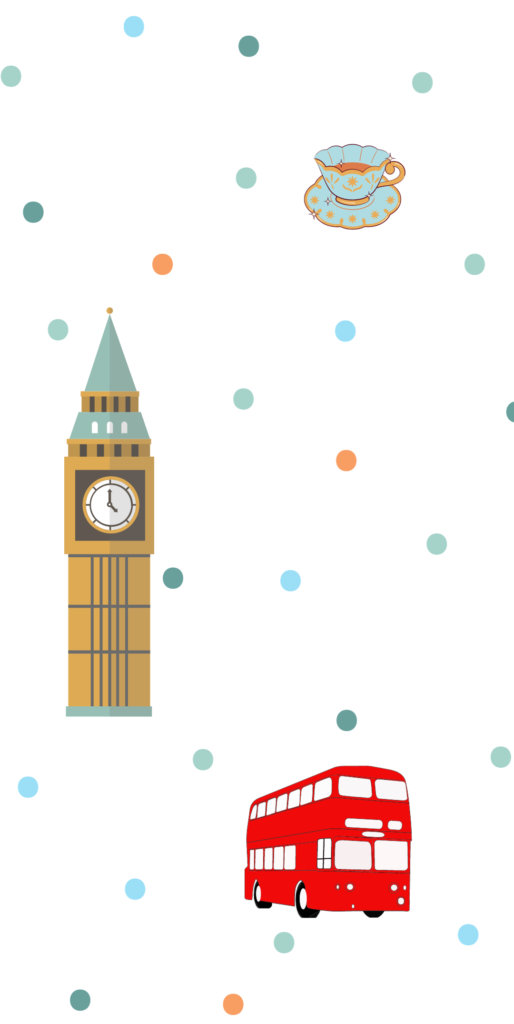
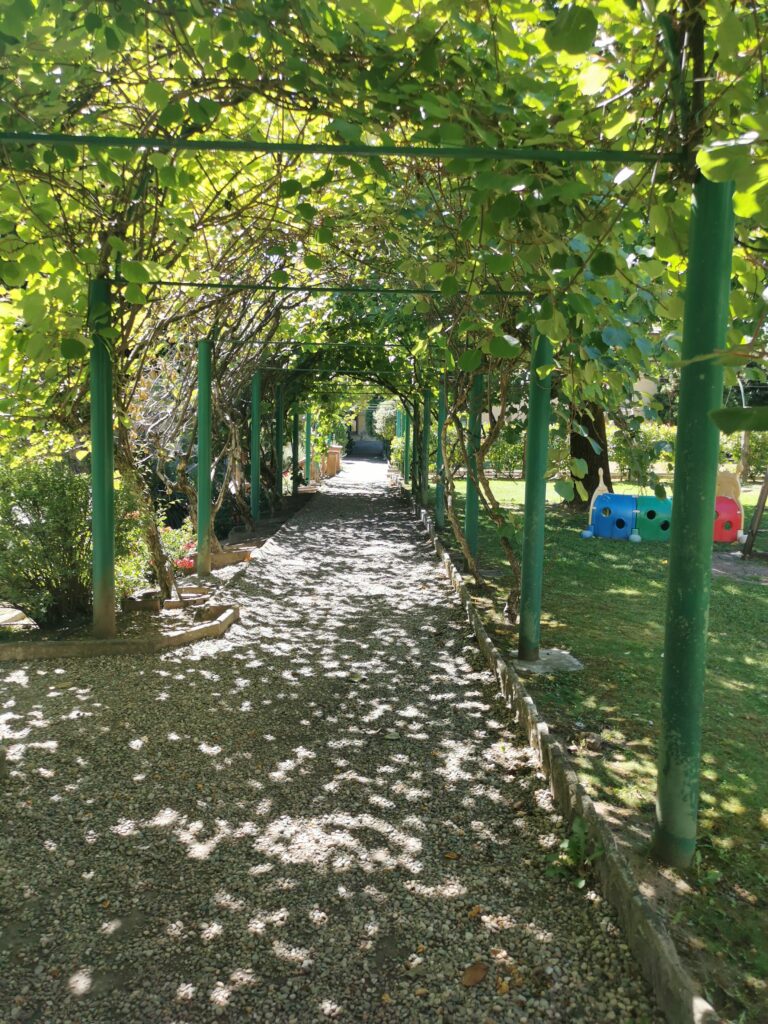
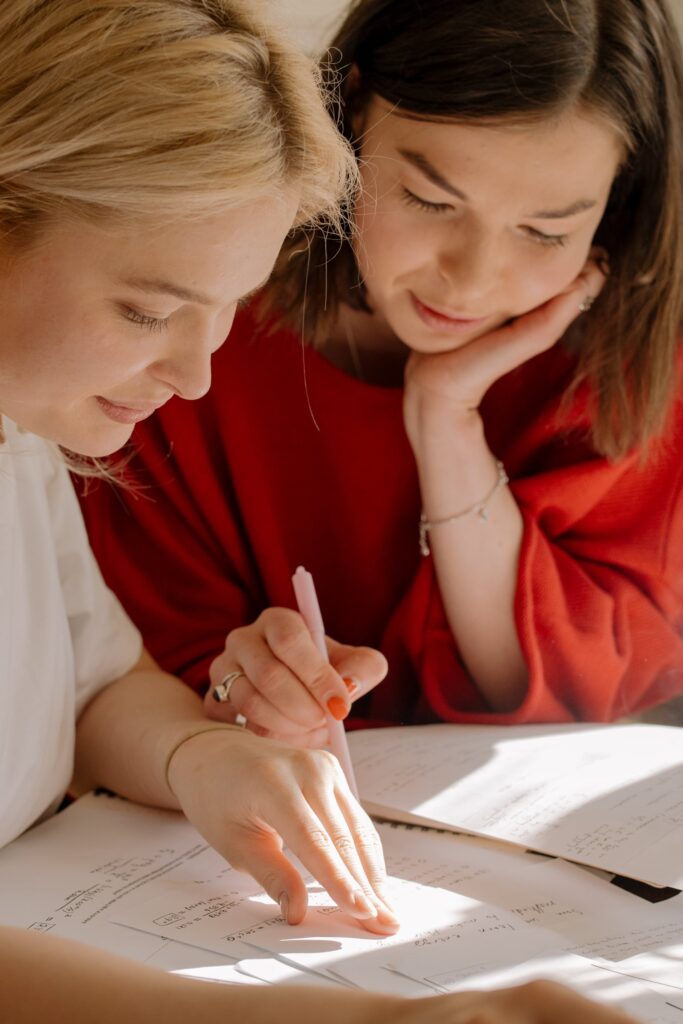
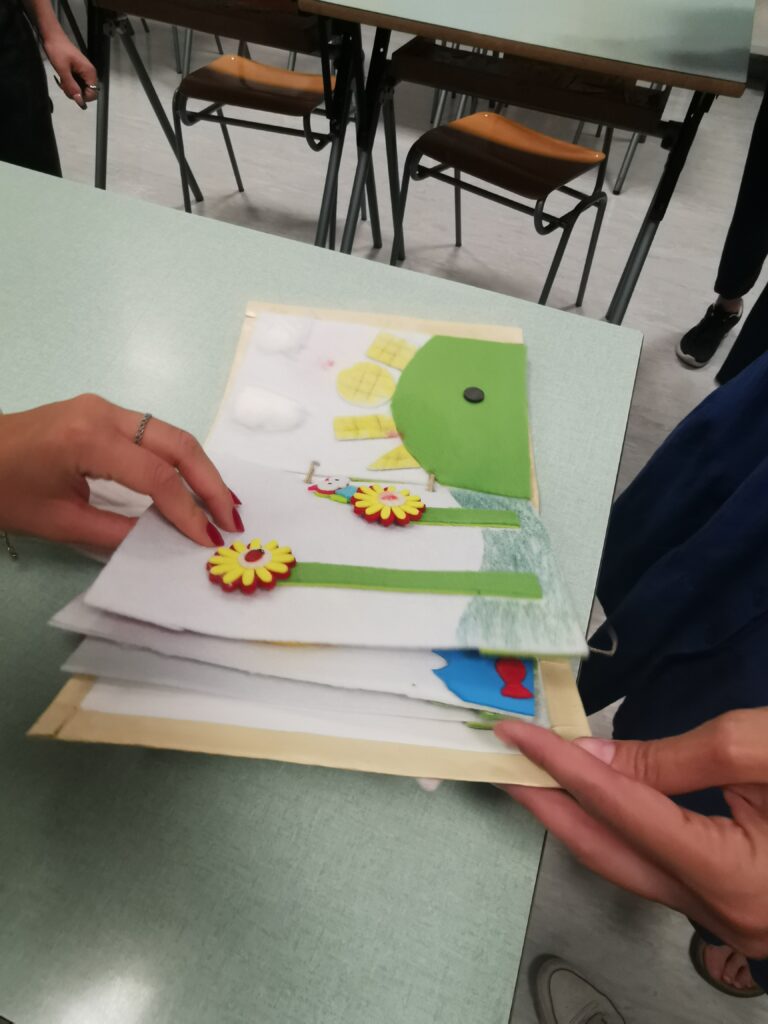
PEdagogy project
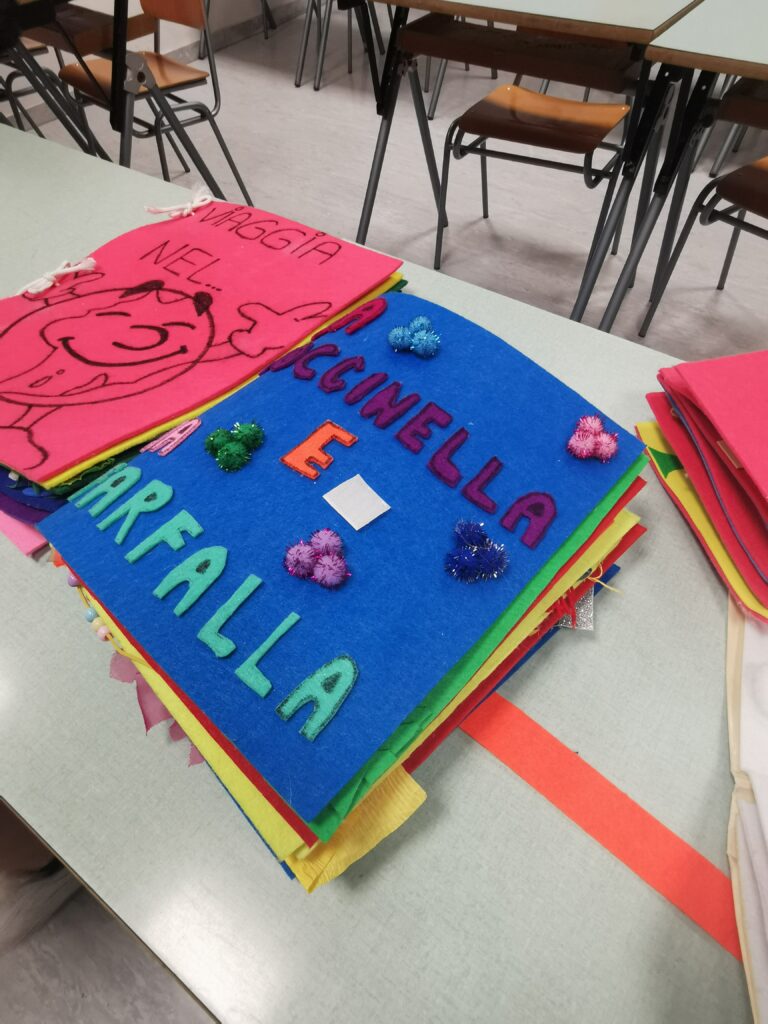
pedagogy project

ARTICLE WRITTEN BY CLEMENTINE DUNGLAS
On the 12/28/2023
Learning by teaching
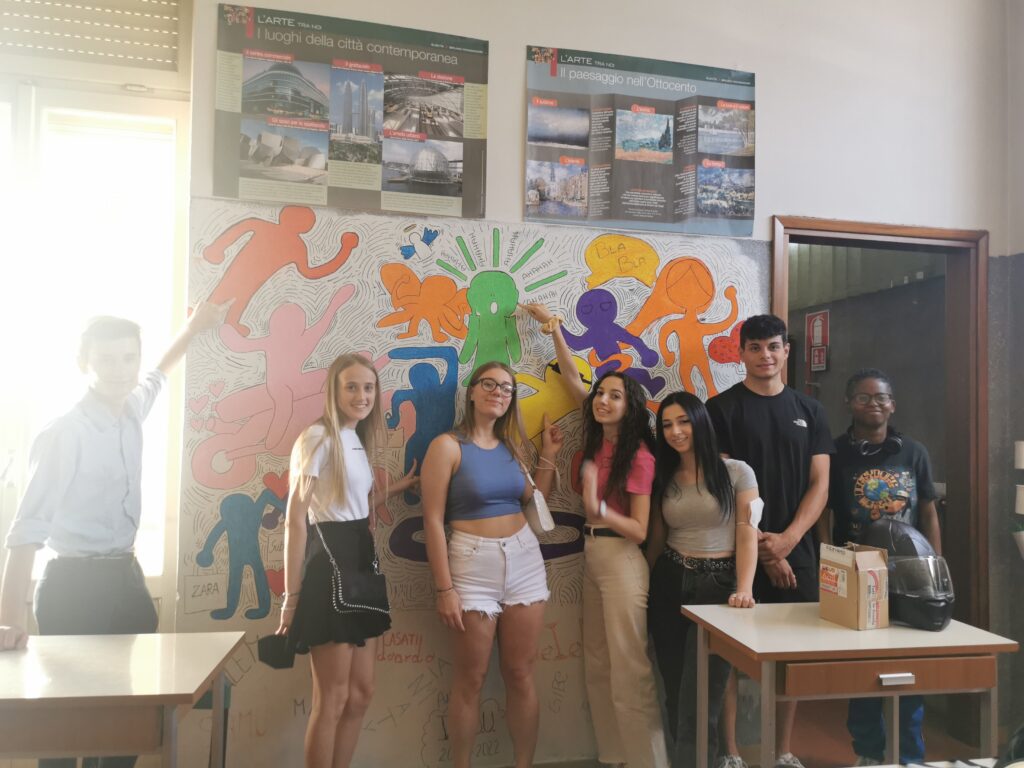
Bye bye Instituto Paritario San Giuseppe
What inspired us



Our last day...
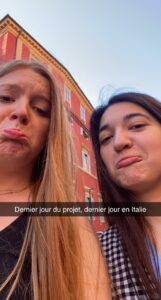
Our latest articles
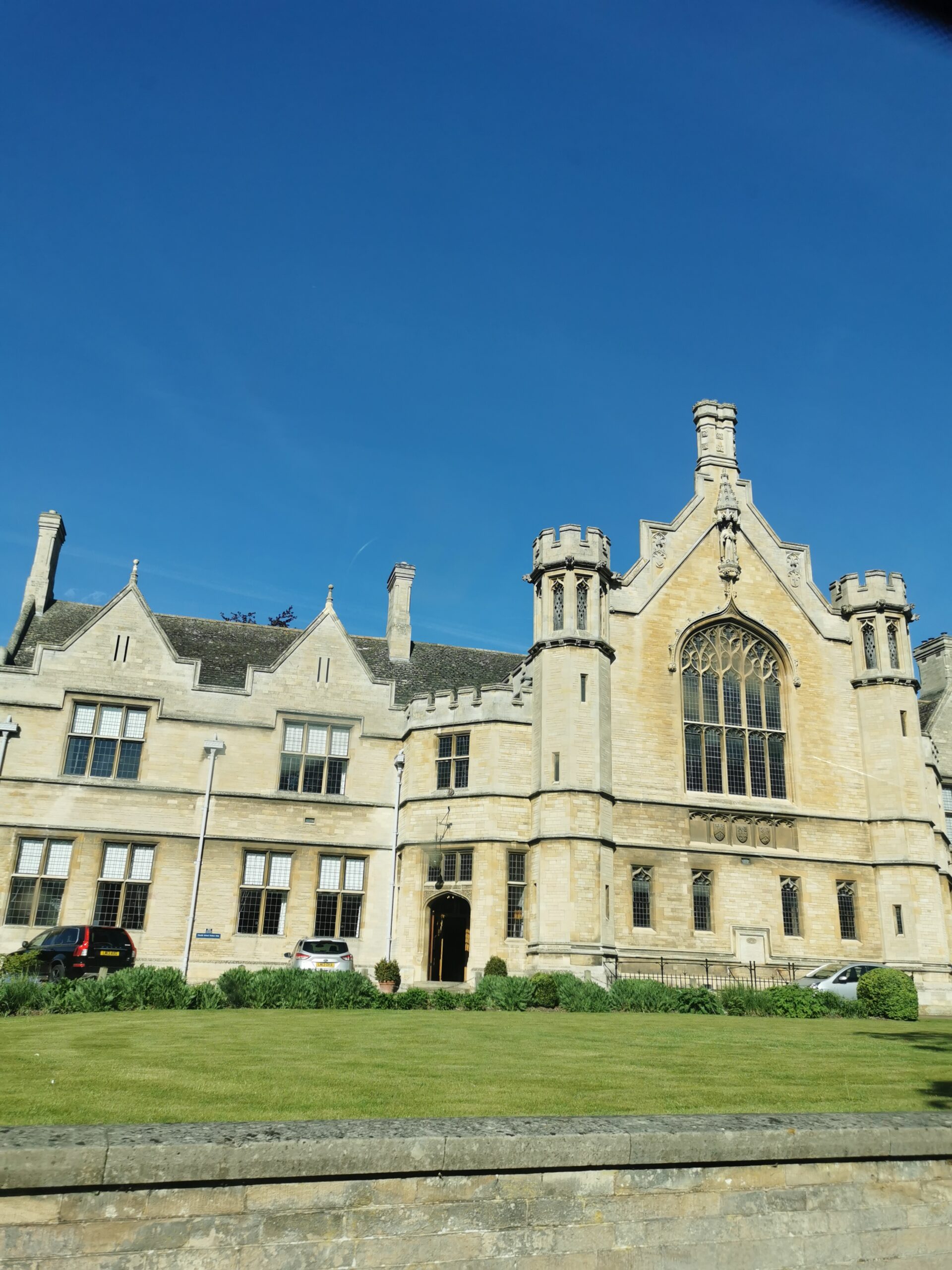
Oundle School
![]()
An independent English private school renowned for its academic quality and its promotion of extra-curricular activities.

Ferdinand Geib
![]()
A German Biology and Geography teacher explaining his highly contemporary vision of the role of school today.

Out of the box
![]()
A Belgian educational workshop for school drop-outs that stimulates pupils' creativity to rekindle their desire to learn !
